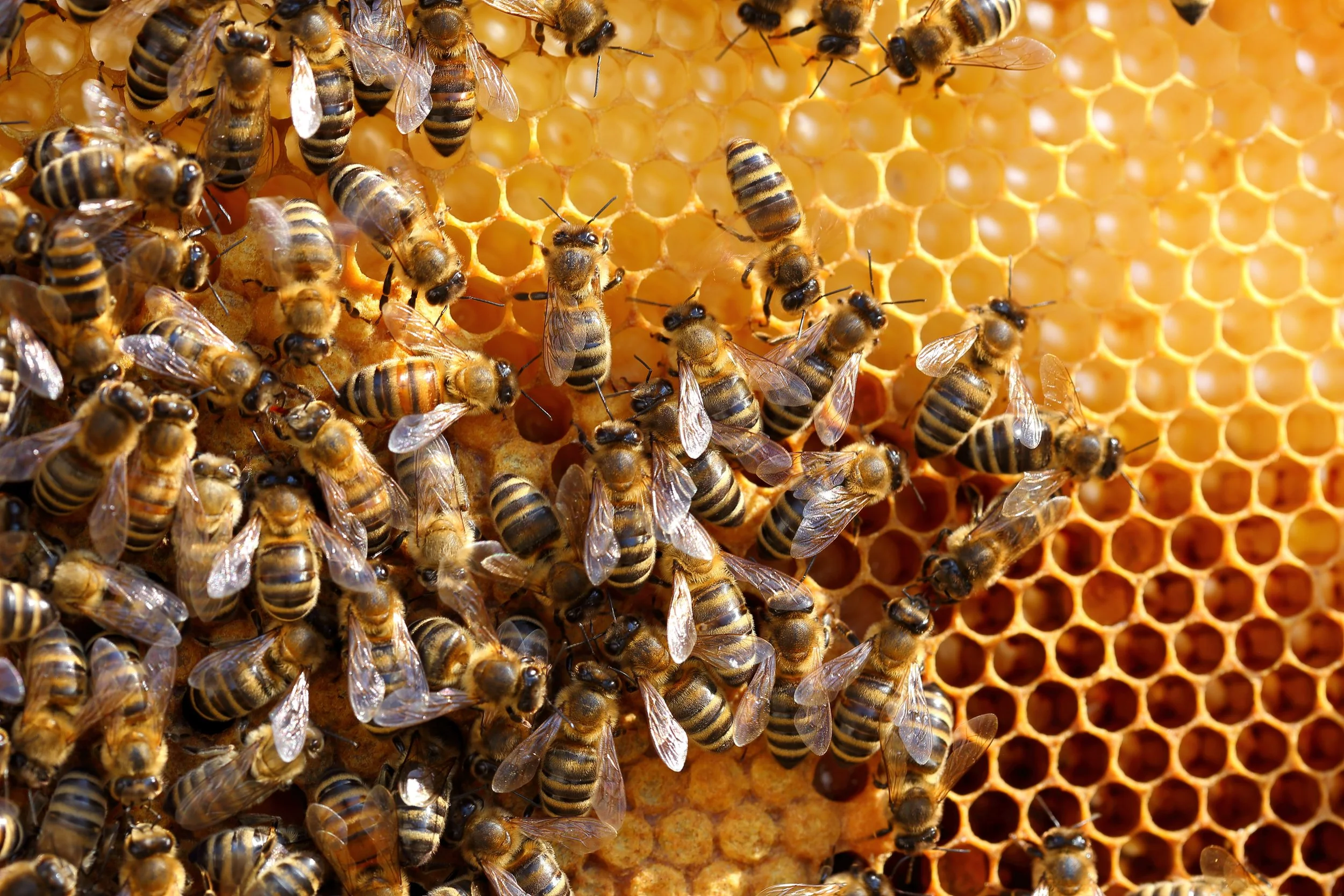
Australian honey bee colony loss (COLOSS) survey
The Challenge
The spread of Varroa mite (Varroa destructor) in Australia since 2022 presents an urgent biosecurity and agricultural challenge, threatening honeybee populations vital to crop pollination. While global responses offer valuable lessons, Australia’s unique ecological and agricultural landscape demands locally tailored solutions. A critical gap exists in understanding how Australian beekeepers are currently adapting to this threat—what biosecurity measures, breeding strategies, and hive management practices are being employed, and how effective they are. Without this knowledge, efforts to coordinate national responses, support affected industries, and develop sustainable pollination strategies remain hindered. As pollination demand continues to rise, and native pollinators remain underutilised, capturing and analysing beekeeper practices is essential to inform policy, guide research, and build resilience. Addressing this challenge requires collaborative engagement with beekeepers, investment in data collection, and a commitment to evidence-based biosecurity planning.
The Solution
To get a snapshot of current practices, the 2024 Australian Honey Bee Colony Loss Survey has been set up, led by a consortium of researchers and representatives from the Australian Honey Bee Industry. This aims to capture timely, ground-level insights into how beekeepers are preparing for and managing the impacts of Varroa. By collecting data on colony losses, biosecurity practices, treatment methods, and adaptive strategies, the survey will provide a comprehensive snapshot of current responses across diverse regions and operation sizes. The research is being led by the Australian National University under a program sponsored by Agrifutures Australia. Partners also include the Australian Honey Bee Industry Council, NSW government and the Australian Department of Agriculture, Fishery and Forestry.


